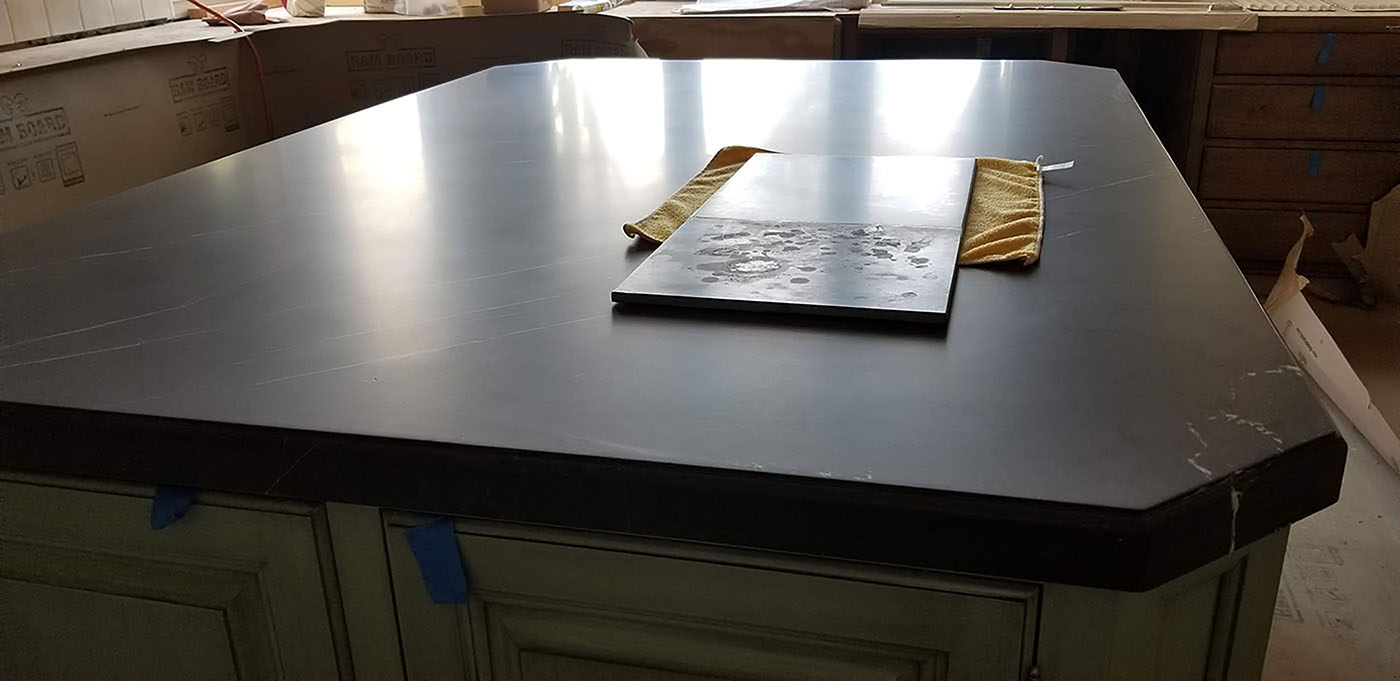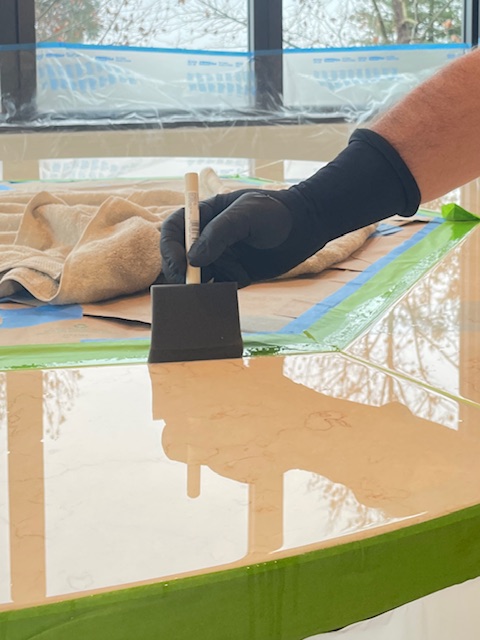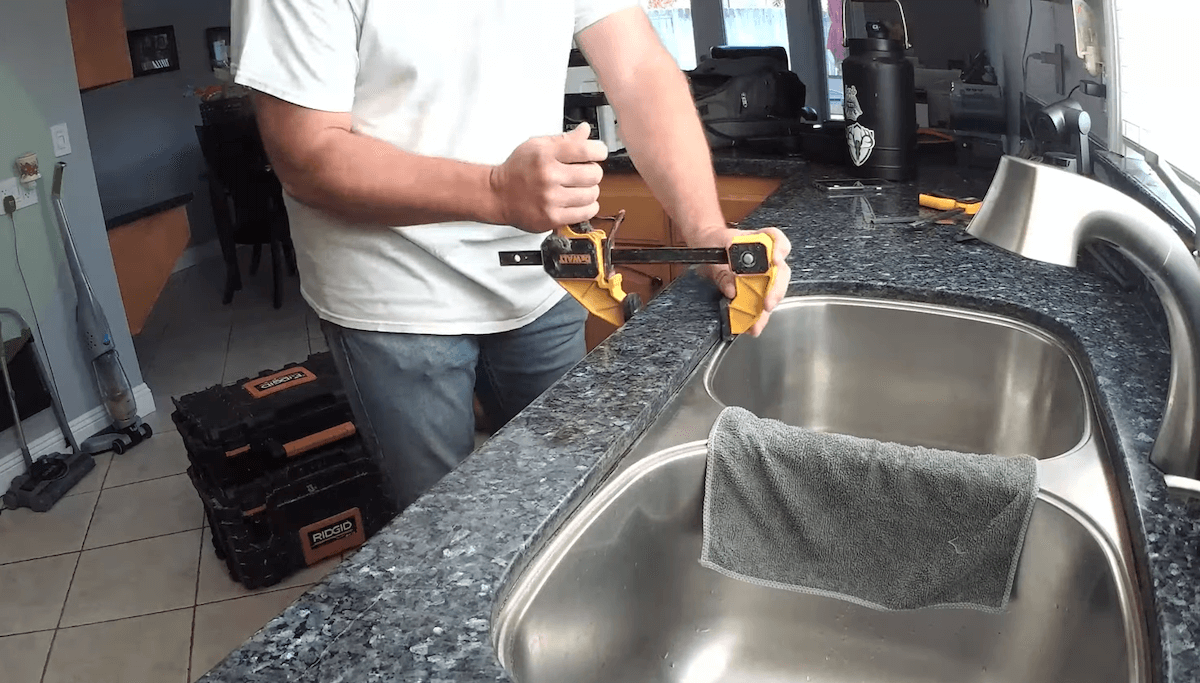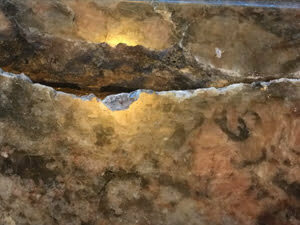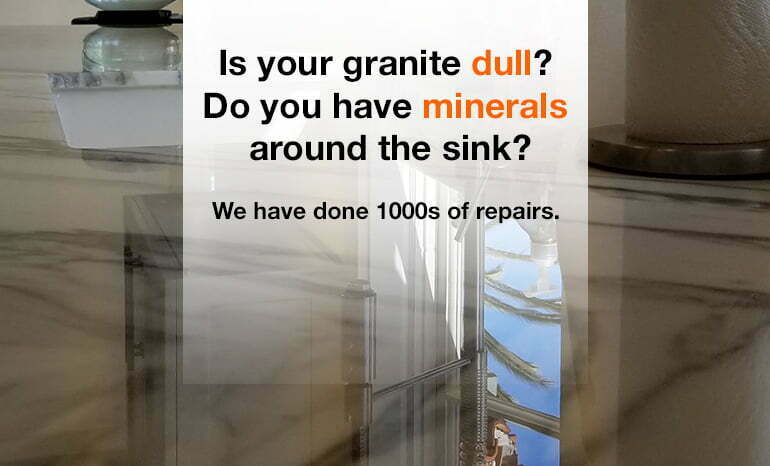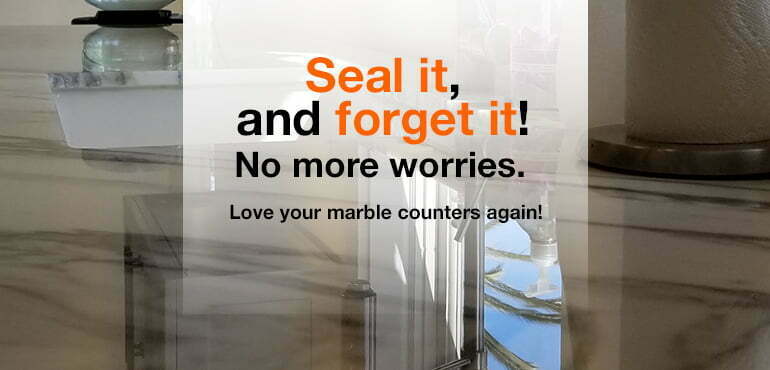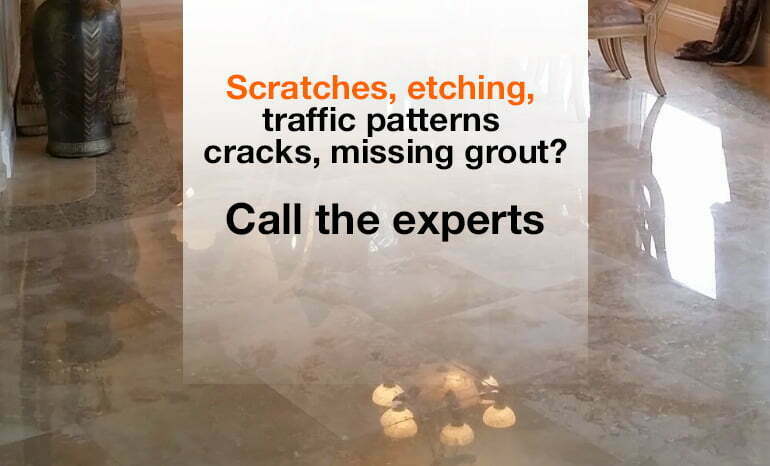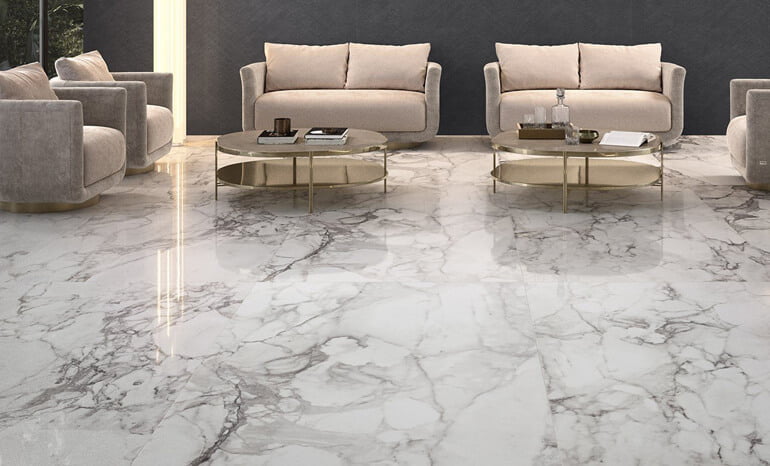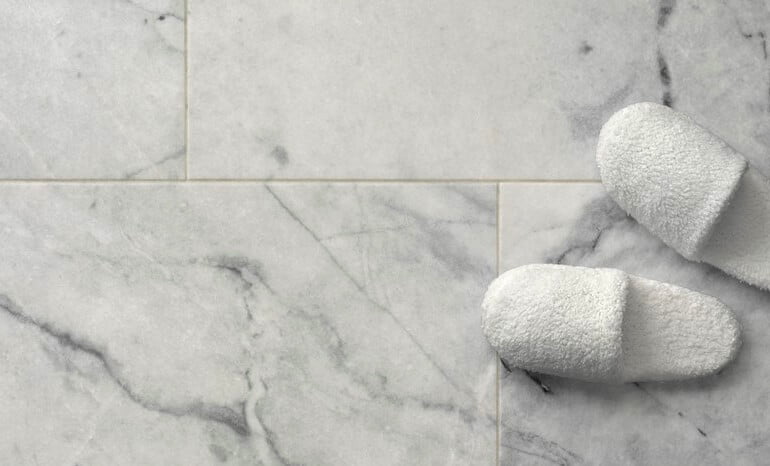When caring for your Marble Floor it is important to remember a few simple rules.
- Water is the enemy of marble, especially polished marble. Water carries dust and other particulates into the stone and dries. This causes the dark soiling to accumulate in the small holes and grout. When this happens, professional cleaning is needed to restore your floor.
- Holes are common in marble floors and require constant attention. You can fill these holes using the appropriate filler of your choice. Please see the filling holes section below.
- Dry Dust Mops, vacuums, and brooms will save you thousands of dollars over the life of your floor. When mopping is necessary, make sure the surface is thoroughly dried with a towel before the solution dries on the surface. When mop water is allowed to dry on the surface, dirt and soiling is pulled, by gravity into the tiny holes and grout and builds up over time causing the need for expensive services.
- Use felt pads under all furniture to prevent scratching and protect the floor from wheeled chairs to prevent compacting holes.
Tools to have on hand (Always have a squeegee on hand for daily squeegeeing):
- Neutral Stone Cleaner
- Vacuum with soft bristle wand
- Several Large Towels
- Microfiber Dust Mop
Evaluate Surfaces to begin maintenance:.
- Check all grout areas especially in areas around doorways and in walkways. The baseboards should be caulked to prevent moisture from going under them and causing damage over time. Patch any missing grout prior to starting your maintenance.
- Look closely at the surface for water absorption. If the surface absorbs water, it should be sealed prior to beginning your maintenance. Allow sealed areas to stay dry cure for a minimum of 2 days.
- Check the surface for cracks and loose tiles. Cracks are usually a subsurface cause. If your floor is set over a slab, cracks can be transfer from a crack in the slab. Many customers choose to fill these cracks as opposed to repairing the main problem. Understand that these types of cracks will need to be repaired occasionally as movement occurs.
Daily, Weekly, Biweekly Maintenance:
- Dust Mop the surface daily to remove residues from dust as well as pet hair and dander. If you have no pets, your Dust Mopping can be less frequent.
- Textured Surfaces must be vacuumed regularly to remove debris from the grout lines and lower parts of the stone that a dust mop may not reach. There are a few automatic vacuums on the market that have many customers have had good success with.
- Spot clean areas that get frequent use with the appropriate Neutral Stone Cleaner and remove residues completely with a towel.
- When mopping is necessary using a correctly diluted Neutral Stone Cleaner; apply enough cleaning solution to the floor so that it does not dry before you have an opportunity to dry it. Use a large towel under the velcro frame of your Microfiber Dust Mop head to dry the floor thoroughly. You want to see the soiling on the towel.
Biyearly or Every Six Months:
- Check your floor for holes and scratches and address the causes if necessary. Fix felt pads and prevent wheeled chairs from damaging the surface.
- Check your sealer periodically to insure you have adequate protection. Many travertines are very dense but some can be absorbent so keep an eye on this.
- When major spills, scratches, and other damage occurs; don’t be afraid to call a professional. Professional stone refinishers exist to help you get the most out of your investment long term by keeping your floors looking like new.
